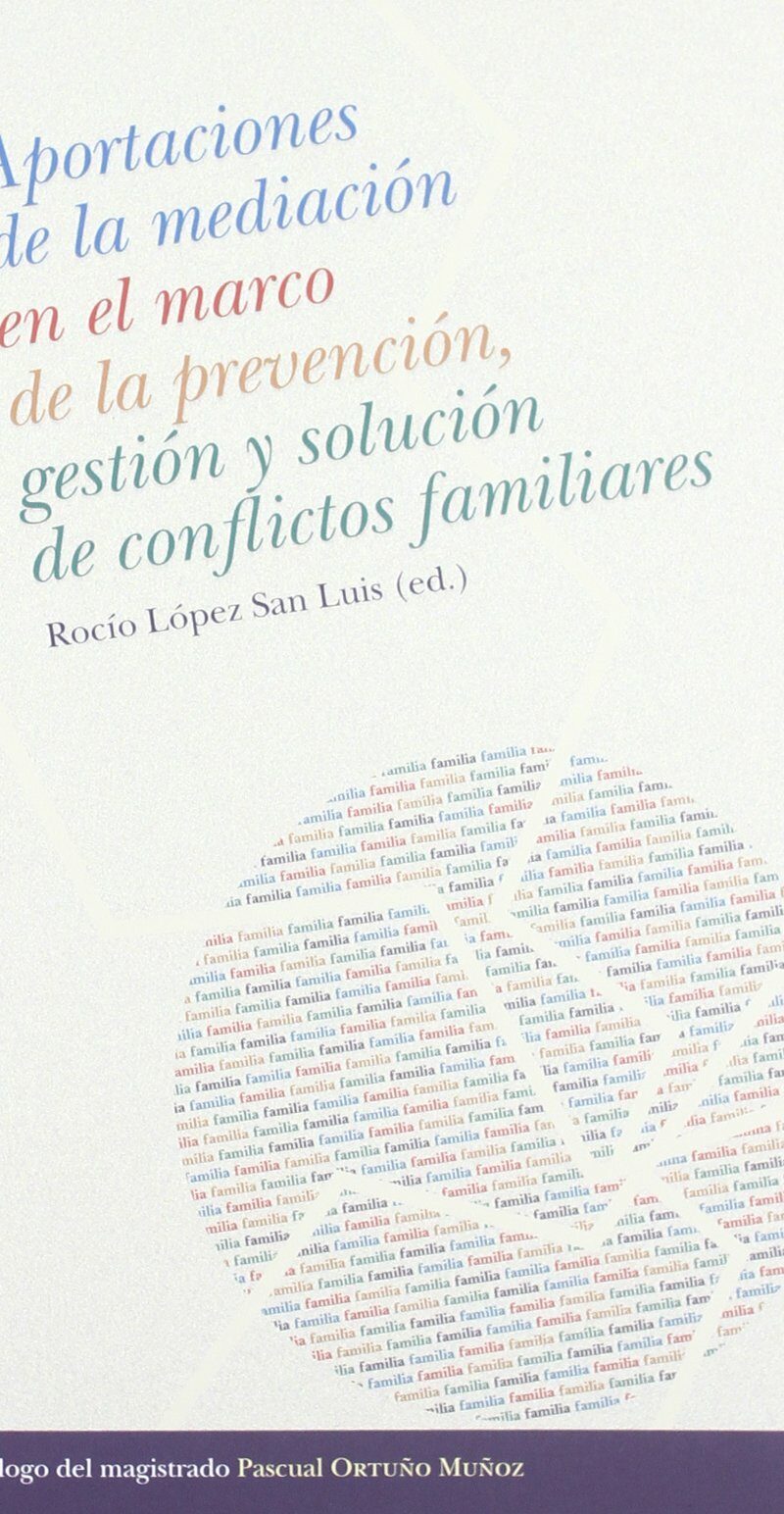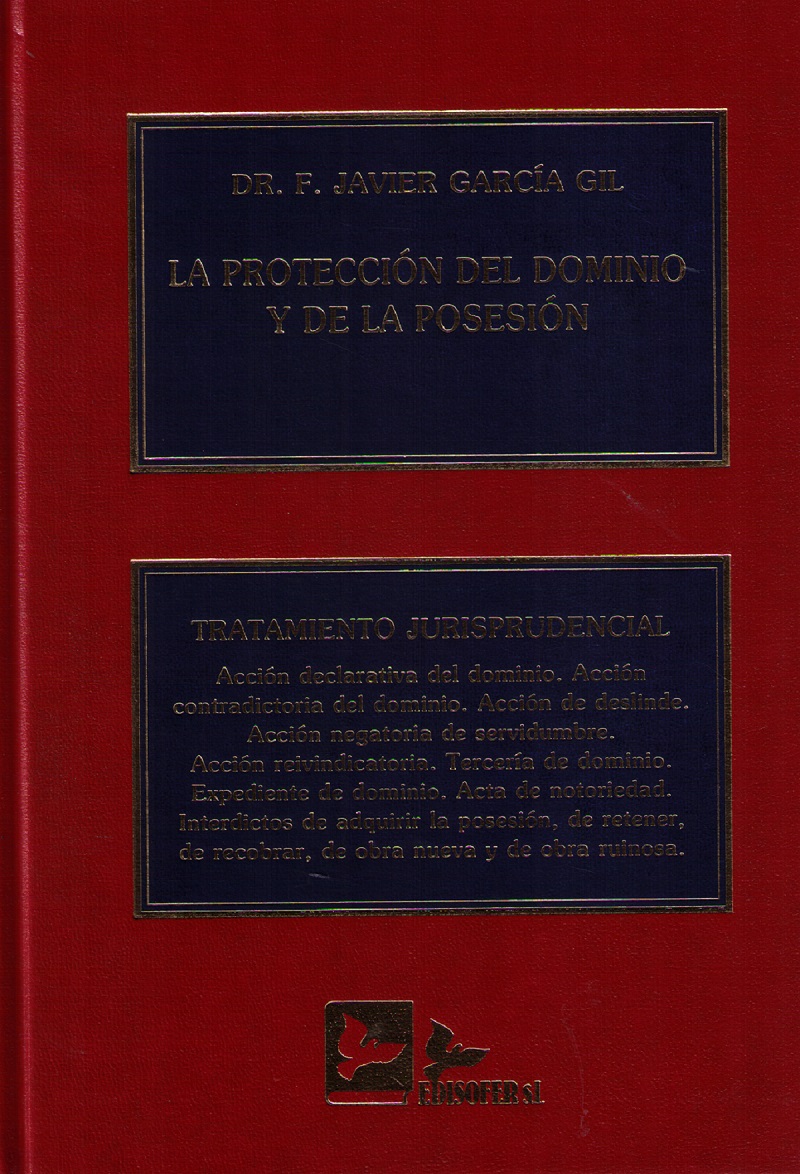Estas tres entrevistas inéditas, que se grabaron en 1990, 2003 y 2005, revelan la actualidad de las reflexiones de André Gorz sobre el sentido de la vida. Al asociar una crítica del trabajo alienado y una visión ecológica de la buena vida su utopía se concreta en la aparición de una civilización de tiempo liberado. Ello supone el divorcio entre el trabajo, que debe reducirse, y la remuneración, que debe ser garantizada a fin de que cada uno pueda desarrollar, a lo largo de su vida, una multiplicidad de actividades autodeterminadas, creativas, solidarias y militantes. Una reflexión existencial sobre el sentido de la vida que ha sido alterado por la megamáquina capitalista que reduce al ser humano a la única función de trabajador y consumidor.
Hilo conductor de la ecología . Sobre el tiempo, la vida y el trabajo
ISBN: 9788498889048
El precio original era: 16,00€.16,00€El precio actual es: 16,00€. 15,19€ IVA incluido
Hay existencias
| Peso | 155 g |
|---|---|
| Fecha de Edición | 05/09/2019 |
| Plazo de entrega |
24 h |
| Número de Edición |
1 |
| Idioma |
Español |
| Formato |
Libro |
| Páginas |
120 |
| Lugar de edición |
BARCELONA |
| Encuadernación |
Rústica |
| Colección |
MÁS MADERA |
| Nº de colección |
155 |
| Editorial |
ICARIA, EDITORIAL |
| EAN |
978-84-9888-904-8 |
Foreword by Denis Kessler xiii
Introduction xvii
General Presentation xvii
Contents of the Book xix
Acknowledgments xx
General References xxi
Chapter 1 Risk Management: Definition and Historical Development 1
1.1 History of Risk Management 2
1.2 Milestones in Financial Risk Management 3
1.3 Current Definition of Corporate Risk Management 7
1.4 Conclusion 8
References 9
Chapter 2 Theoretical Determinants of Risk Management in Non-Financial Firms 11
2.1 Value of Risk Management 12
2.2 Comparative Advantages in Risk Taking 16
2.3 Risk Management and Capital Structure 17
2.4 Risk Management and Managerial Incentives 18
2.5 Conclusion 19
References 19
Chapter 3 Risk Management and Investment Financing 21
3.1 Basic Model 21
3.2 Illustration with the Standard Debt Contract 27
3.3 Model with Two Random Variables 28
3.4 Conclusion 31
References 31
Appendix A: Value of dI*/dw 31
Appendix B: Standard Debt Dcontract 32
Chapter 4 Significant Determinants of Risk Management of Non-Financial Firms 35
4.1 Rationale for the Research 35
4.2 Significant Determinants 36
4.3 Governance and Endogeneity of Debt 50
4.4 Conclusion 60
References 61
Appendix: Construction of the Tax-Save Variable 62
Chapter 5 Value at Risk 63
5.1 Example of VaR 63
5.2 Numerical Method 65
5.3 Parametric Method 66
5.4 Taking Time Periods into Consideration 67
5.5 Confidence Interval of the VaR 68
5.6 CVaR 69
5.7 Conclusion 70
References 71
Chapter 6 Choice of Portfolio and VaR Constraint 73
6.1 Optimal Benchmark Portfolio of the Firm 73
6.2 Optimal Portfolio of a Constrained Manager 75
6.3 Conclusion 77
References 77
Chapter 7 VaR in Portfolios of Assets and Options 79
7.1 VaR as a Risk Measure 79
7.2 Models without Derivatives 80
7.3 VaR with Options 85
7.4 Black and Scholes Model and Risk Management 88
7.5 Delta-Gamma VaR 90
7.6 VaR of a General Portfolio 90
7.7 Application 92
7.8 Conclusion 97
References 97
Chapter 8 Conditional VaR 99
8.1 Motivation for CVaR and Coherence in Risk Measures 99
8.2 Notation and VaR 101
8.3 Definition of CVaR 104
8.4 Another Way to Derive CVaR with a Return Distribution 107
8.5 Example with Student’s t-Distribution and Other Examples 108
8.6 Conclusion: CVaR in Basel Regulation 111
References 111
Chapter 9 Regulation of Bank Risk and Use of VaR 113
9.1 Basel Accords 114
9.2 Market Risk Regulation of 1996 120
9.3 Specific Risks 120
9.4 Total Required Capital 122
9.5 Tests 124
9.6 Comparison between Standard and Internal Methods with Interest Rate Risk 124
9.7 Conclusion 133
References 134
Chapter 10 Optimal Financial Contracts and Incentives under Moral Hazard 135
10.1 Optimal Financial Contracts and Moral Hazard 136
10.2 Theoretical Model 140
10.3 Empirical Application to Air Accident Risk 144
10.4 Conclusion 148
References 148
Appendix A: Synthesis of Forms of Financial Contracts 149
Appendix B: Definitions of Variables 150
Chapter 11 Venture Capital Risk with Optimal Financing Structure 153
11.1 Some Statistics about Venture Capital 154
11.2 Role of Venture Capital Firms 155
11.3 Venture Capital Firms and Added Value 156
11.4 Role of Convertible Debt 156
11.5 Information Asymmetry and Venture Capital 158
11.6 Conclusion 163
References 164
Chapter 12 Bank Credit Risk: Scoring of Individual Risks 167
12.1 Theoretical Model 169
12.2 Empirical Analysis 171
12.3 Credit Line and Loan Default 180
12.4 Conclusion 182
References 182
Chapter 13 Portfolio Management of Credit Risk 185
13.1 CreditMetrics 185
13.2 Review of Chapters 2 and 3 of CreditMetrics 186
13.3 KMV Approach 193
13.4 Calculation of Correlations 196
13.5 Conclusion 202
References 202
Chapter 14 Quantification of Banks’ Operational Risk 205
14.1 Context and Presentation of Operational Risk 205
14.2 Measurement of Regulatory Capital 208
14.3 Calculation of Regulatory Capital for Losses of over $1 Million (LDA) 210
14.4 Conclusion 227
References 228
Chapter 15 Liquidity Risk 231
15.1 Theoretical Modeling of CDSs 232
15.2 Bond Yield Spread’s Default Portion 233
15.3 Empirical Measurement of Yield Spreads’ Default Portion 235
15.4 Non-Default Portion of Yield Spreads 237
15.5 Illiquidity Index 242
15.6 Illiquidity Premium 244
15.7 Data 244
15.8 Principal Component Analysis of Liquidity Risk 245
15.9 Empirical Analysis of Credit Cycles 246
15.10 Regime Detection Model 248
15.11 Detection of Default and Liquidity Regimes 250
15.12 Conclusion 251
References 252
Chapter 16 Long-Term Capital Management 255
16.1 Brief History of the Fund 256
16.2 Risk Management, VaR, and Required Capital 258
16.3 Portfolio Optimization and Leverage Effect 260
16.4 Conclusion 261
References 262
Chapter 17 Structured Finance and the Financial Crisis of 2007–2009 263
17.1 Structured Finance 263
17.2 Poor Risk Management Linked to the Structured Finance Market 264
17.3 Conclusion 266
References 268
Appendix: How to Create an AAA CDO Tranche from BBB Loans 269
Chapter 18 Risk Management and Corporate Governance 271
18.1 Enron and Corporate Governance 271
18.2 Financial Crisis and Corporate Governance 273
18.3 New 2002 Governance Rules 273
18.4 Risk Management and Governance 274
18.5 Administrative Competence of Board Members 276
18.6 New Regulation for Financial Institutions 276
18.7 Economic Analysis of Governance Effect 277
18.8 Conclusion 288
References 288
Appendix A: Governance of Canadian Federal Financial Institutions 290
Appendix B: Details on the Construction of the Governance Indexes 291
Appendix C: Variables 293
Chapter 19 Risk Management and Industrial Organization 295
19.1 Entry, Production, and Hedging 295
19.2 Commitment to Hedging 297
19.3 Conclusion 297
References 299
Chapter 20 Real Implications of Corporate Risk Management 301
20.1 Real Implications of Corporate Risk Management: A Review 302
20.2 Methodology 303
20.3 US Oil Producers 309
20.4 Multivariate Results 316
20.5 Conclusion 324
References 324
Appendix: Estimated MTEs 326
Chapter 21 Exercises 331
Exercise 1 Portfolio Choice and the Notion of Value at Risk (VaR) 331
Exercise 2 Backtesting of VaR Models 345
Exercise 3 Calculation of VaR with Different Distributions and Accuracy of VaR 351
Exercise 4 VaR for an Equity Portfolio with Options 359
Exercise 5 CVaR Conditional Value at Risk 369
Conclusion 376
Reference 376
Conclusion 377
General References 378
Index 379
GEORGES DIONNE is Professor and Canada Research Chair in Risk Management, Department of Finance, HEC Montréal, Quebec, Canada. He was Editor of The Journal of Risk and Insurance from 2007 to 2013, and member of the HEC Montréal Board of Directors from 2009 to 2015. He received the Innis-Gérin Medal in 2011 for his contribution to social sciences in Canada.














